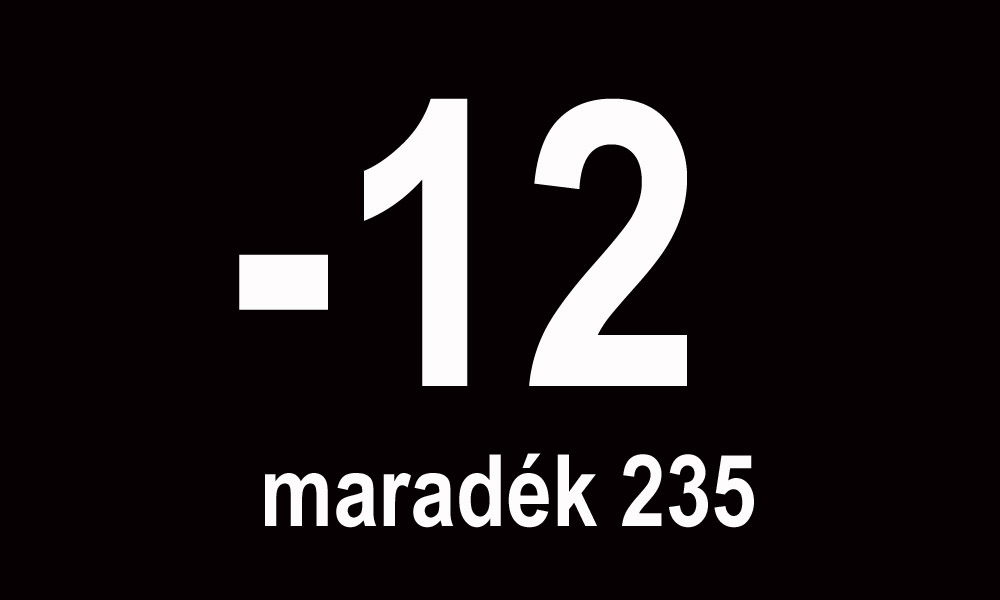In 1992 the Hungarian Academy of Sciences, on the proposal of Domokos Kosáry, founded the Széchenyi Academy of Literature and Arts for prominent representatives of those fields not included in the Academy of Sciences after 1949. As an associated institution of the Hungarian Academy of Sciences, the Széchenyi Academy of Literature and Arts has its own statute and is an autonomous organisation. (The budget law for 2013 has earmarked an annual HUF 12 million for its operation.)
In the same year, on 22 January 1992, the Day of Hungarian Culture, the Hungarian Academy of Arts (MMA) was founded by 22 Hungarian right-wing artists. There are some 150 members, including ordinary members, sponsors and honorary members. The Hungarian Academy of Arts is a common forum for Hungarian writers, artists, designers, architects, musicians, filmmakers and photographers. (The budget law for 2013 has earmarked an annual HUF 2.4 billion (!) for its operation!)
The Hungarian Parliament – in which FIDESZ currently holds a two-thirds majority – in 2011 voted for a new Constitution (Basic Law, taking effect 1 January 2012), in which the Hungarian Academy of Arts (MMA) was appraised and legally elevated to the status of public benefit organisation. This means that this sole institution has the authority to decide on and administer public duties related to the arts in Hungary – literature, music, fine art, applied art, design, architecture, photography, film, performing art and folk art – and further, to art theory, art funding, art education, and the national and international presentation and representation of artists.
The current President of the Hungarian Academy of Arts, György Fekete, speaking in an interview with index.hu, defined three conditions for becoming a member of the organisation: 1) having a mature, socially and artistically recognised body of work; 2) having an above average interest in the public sphere; and 3) having a clear national commitment.
In the phrasing of the last condition in the name of the Hungarian Academy of Arts, he declared an unambiguous commitment to the national aspect of politics, which was also evident in his previous discriminatory activities and statements.
On the basis of the above mentioned, the Hungarian Academy of Arts cannot be regarded as a cultural organisation independent from the government. Its members intend to express their opinion on social and economic issues, as well as on art. It wishes to oversee representation of the art scene in public life, as well as in all such public bodies bound by law, in which participation is requested by government, or other state organs of national authority. The government intends to place the MMA in charge of auditing the resources of the National Cultural Fund, the Hungarian National Film Fund, the Gábor Bethlen Foundation (for Hungarian solidarity), cultural tenders of the National Co-operation Fund, and film tenders of the Media Support and Asset Management Fund.
The Hungarian government intends to elevate the President of this privately founded organisation (MMA) to a status equivalent to the President of the Hungarian Academy of Sciences, both in financial and legal terms. Without any kind of agreement with professionals working in the field of culture, the government is delegating mandates and licences to the Hungarian Academy of Arts, which would give control over the entire field of culture to an organisation that cannot be regarded as independent. This can lead to a series of irreversible and damaging processes in the fields of Hungarian culture and contemporary art in Hungary.

 MMA countdown – Free Artists welcomes the resigned MMA-members!
MMA countdown – Free Artists welcomes the resigned MMA-members! TRANSZPARENCIÁT!
TRANSZPARENCIÁT!